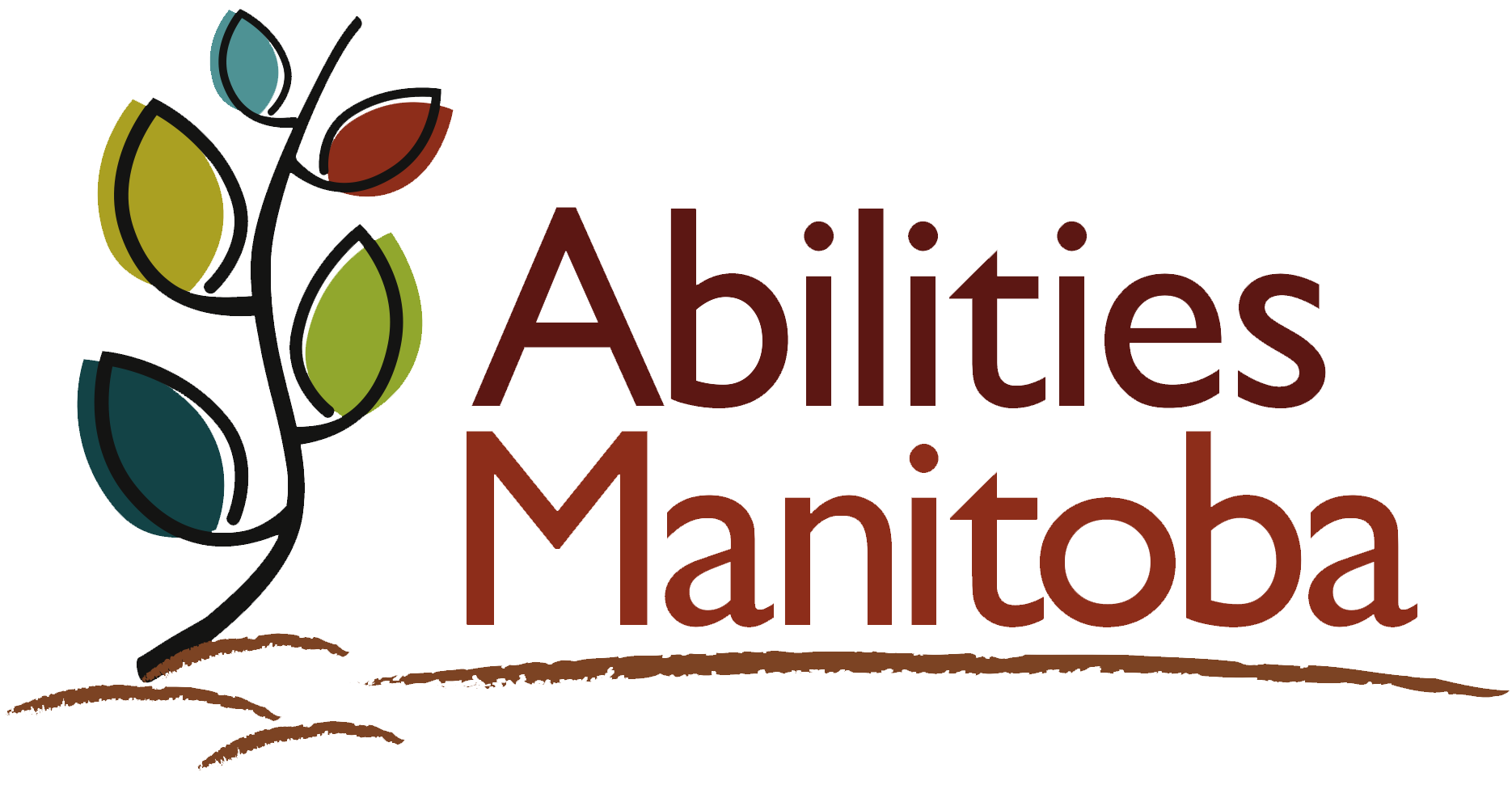Documents authored by Abilities Manitoba are available in alternative formats. For other shared documents and resources, please contact the original author. If you require any assistance please contact us and we will do our best to accommodate you.
You can contact us at admin@abilitiesmanitoba.org or 431-688-6108.
Leading Practice Guidelines
Self Administration of Medication
Type: Wellbeing
Guideline: The organization promotes and supports people to be actively involved in their health care decisions and medication management, including self-administration of medication if they wish and have the skills to do so with good health outcomes. The organization will assist the person and their support network to review their skills in this area and identify any potential risks. Education and support is offered to assist people to learn skills in this area.
What does this look like?
The organization has a policy and practice that outlines the expectations and parameters of supporting people to safely administer their own medications. The policy should expand on these key features:
- Following a risk assessment and assessment of skills, each person is encouraged to take responsibility for their own medication, in accordance with their wishes and preferences.
- Where there is uncertainty about an individual’s ability to safely manage and administer their medication, a review of skills and risk is undertaken in consultation with a qualified health care professional, the person and their support network.
- As capacity may vary over time, a reassessment may be required if the person appears to be having difficulty in managing their medication.
- If a staff is concerned that an individual is having difficulty in managing and/or administering their medication they should discuss their concerns with the person and discuss the situation with their supervisor. These concerns should also be shared with the person’s family and/or support network as guided by the person.
- All decisions made in relation to self-administration of medication, as well as the factors contributing to the decision should be recorded in the person’s Support Plan.
- If the assessment concludes that an individual does not have the capacity to self-manage or administer their medication, strategies which will assist the individual to build their skills towards self-administration should be determined.
- Some individuals may require extra support with medication management for a period of time (e.g. returning home from hospital, during a short-term illness or injury), but may be able to transition back to self-management and administration.
- As a guide, a review of skills and risk should cover:
- A clear indication that the person wants to administer their own medication
- The person’s ability to understand time and place
- Individual’s capacity to understand:
- How to get a prescription filled and checking processes
- The purpose of the medication
- Instructions relating to medication administration
- Ability to read labels on packaging and identify the correct medications
- The consequences of incorrect or missed doses and what to do if this happens
- Safe storage and disposal practices
- Side effects and what to do if these occur
- Physical ability, including:
- Gross and fine motor dexterity
- Visual acuity
- Swallowing
- Communication
- Capacity to open packaging
- The likelihood of incorrect administration occurring and the risk of harm this may cause the person or others
- Any precaution that should be taken to prevent incorrect administration
- If suitable and secure storage is available for medications
- Understanding of safe storage requirements to protect others they live with
- When and who to ask for help or a review of medications.
- Individuals may wish to administer only some of their medications and may request or require assistance with others.
- Some individuals may require only minimal reminding or prompting and are otherwise able to self-administer their medications. Others may require observation to ensure they are following instructions correctly.
- Some individuals will require only physical assistance with administration.
- There are a wide range of practices which might be employed to support individuals who have capacity for self-administration but who have reduced physical capacity, such as:providing safe storage:
- Taking medication in its container from the area where it is stored and hand the container to the individual
- Providing assistance with opening a medication container
- Removing medication from a container and placing it into another container or the individual’s hand
- Assisting the individual to place the medication in their mouth
- Observing the individual to ensure they do not experience difficulty in administering their medication
- Assisting the individual to make a record of medication administration.
- Technology and environmental modifications can be used to support successful self-administration (i.e. timers, digital cues, colour coding, text reminders, etc.).
The organization trains appropriate staff to lead the development of a skills and risk review along with the person, their support network and health professionals.
How would you know this is happening? (Evidence)
What you see in systems:
- Policy that provides guidance related to supporting self-administering of medication in a safe and respectful manner.
- Training content and records of completion.
What you see in actions:
- Designated staff feel confident and aware of the need to support active involvement of the person in health care decisions and medication management. They are aware of resources and information available to support skill development and know how to do a skills and risk review to assess what support people need to safely manage their medications.
- People receive the support that they require to manage their medications along with the education and training to gain independence in this area, should they wish.
Resources to support achieving guideline:
- Sample Self Administration Policy – [to be added soon]
- Sample Skills and Risk Review Form – [to be added soon]
- Residential Care Licensing – Authorization for Self Administration of Medication Form (PDF 115KB)
